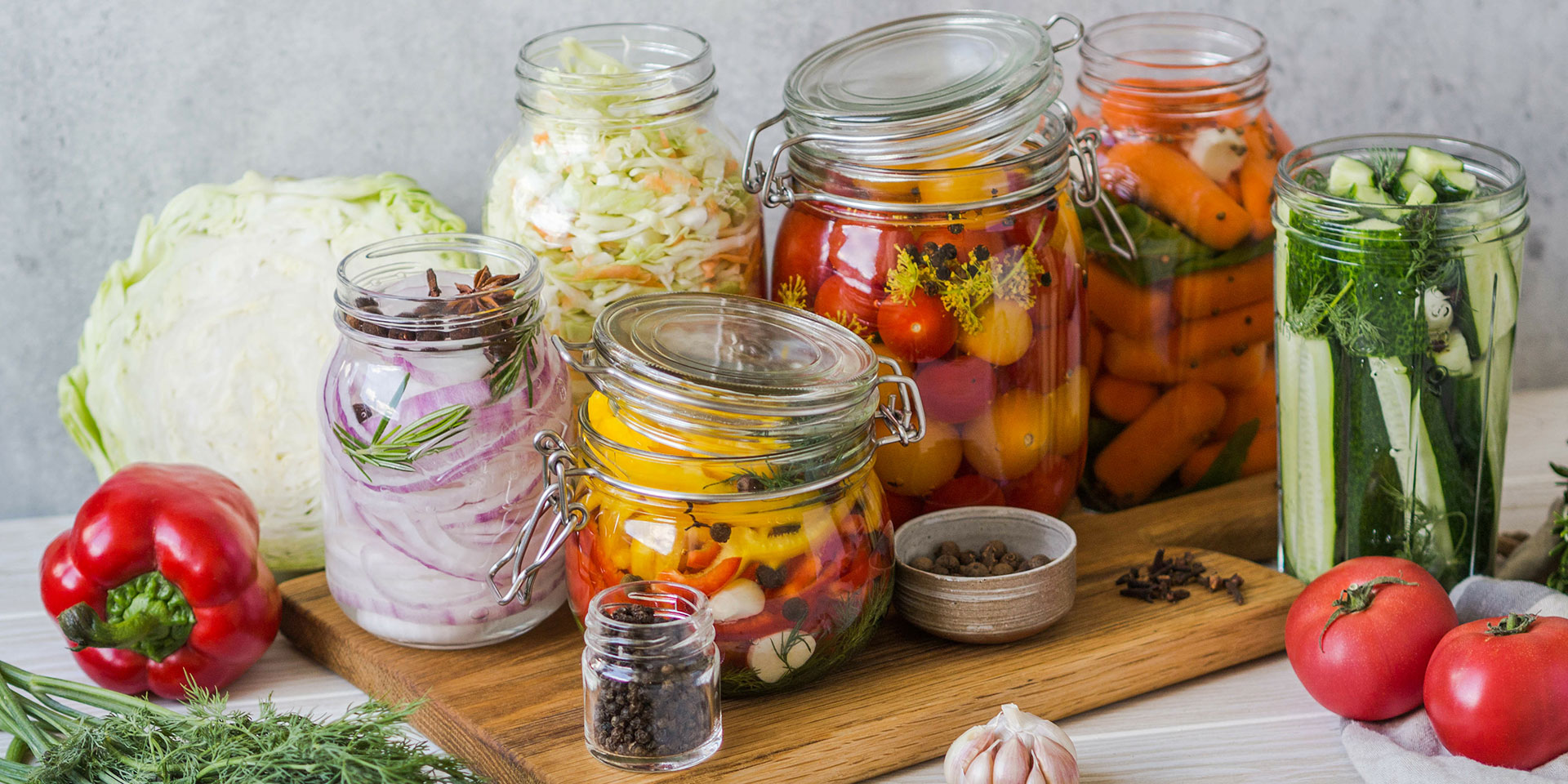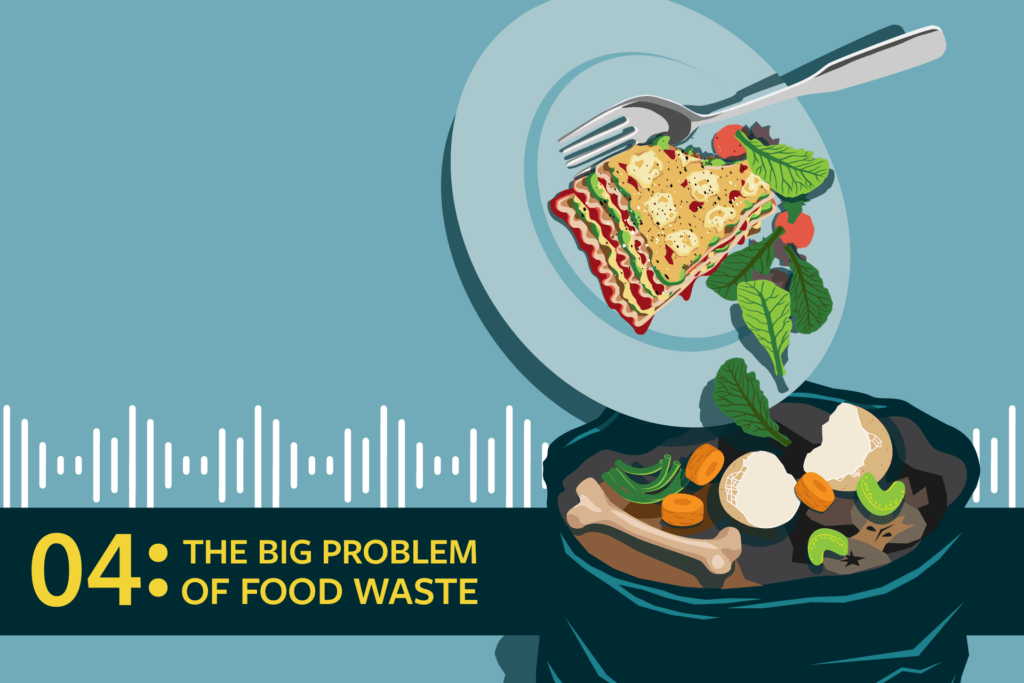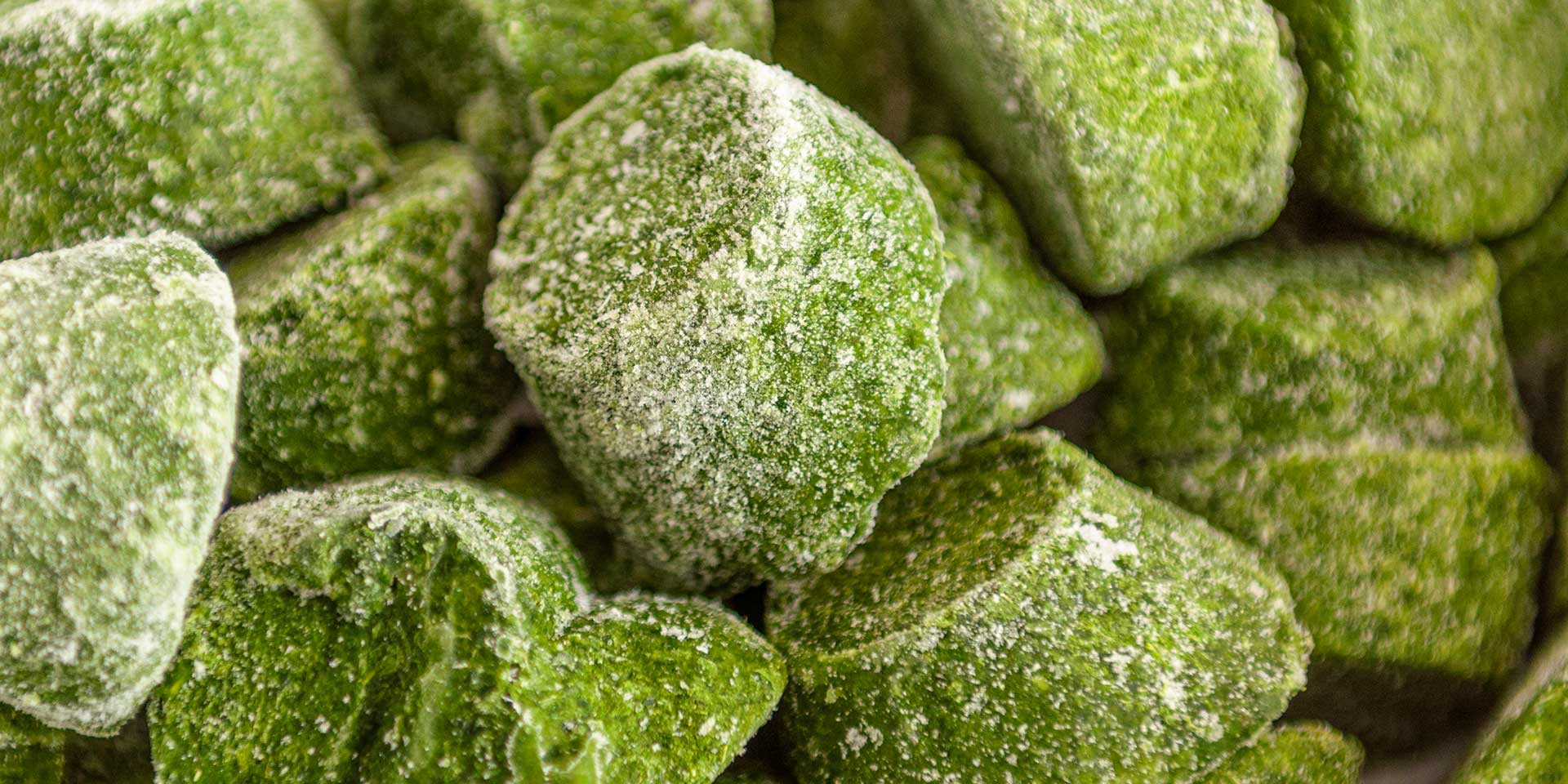Food scholar Darra Goldstein on the culinary history of preservation
As the growing season hurtles towards its over-abundant end, preserving what the garden has churned out takes on a feverish sort of urgency. For thousands of years, pickling, curing, drying and fermenting have been reliable tools to stretch this bounty and help humans stave off the hunger of leaner months. Interest in preservation continues to run high — to wit, there’s a TikTok video for everything from canning peaches to preserving Inupiaq foods with seal oil — even if our collective energies for actually tackling these grueling tasks has become diminished with time and take-out.
A new six-book preserving series from publisher Hardie Grant gives a giant nod to this fascination with filling the larder through our own labor. It’s co-authored by renowned food scholar Darra Goldstein, editor in chief of the new online resource Oxford Research Encyclopedia of Food Studies and founding editor of Gastronomica, along with chef Cortney Burns and Food Republic founder Richard Martin. Each installment of “Preserved” will present recipes from around the world — some super-simple, others dauntingly complex — with context on their provenance, cultural significance and the ways they moved around the globe. The series kicks off on October 31 with the release of the first two volumes, on fruit and condiments.
FoodPrint spoke with Goldstein to understand how preservation was carried out by — and what it meant to — our ancestors. This interview has been edited for length and clarity.
Is there a difference in the way we think of preserving food now versus historically?
People tend to think about preserving now in a sort of DIY sense. Like, it’s really cool to go back and do things the old way, and to have the wonderful fresh produce that you’ve grown or gotten from the farmers’ market that you process to get this beautiful outcome. But I’m speaking of contemporary Americans who have enough money that they don’t have to worry about food security. Preserving isn’t rooted in the need to survive anymore; it’s something additional that gives pleasure. That is sort of flipping the original impetus for preservation, which was to get through, in many cases, a very long winter. Then people developed a taste for it and really started craving these very delicious foods. We think now about food waste in a way that, for many people, is a trendy thing that chefs are doing, like using the whole animal or not throwing away the carrot top. But I think that we need to think back to where it all began and why people were doing it then.
Are there underlying themes that thread through the books?
It was really important to me and my co-authors to convey that there are cultures throughout the world where preservation takes place. In the intro to the “Condiments” volume, I wrote about Sidney Mintz’s core-fringe hypothesis: Most cultures around the world have this [“core”] staple grain or starch — sometimes it’s a root, like cassava — that can be pretty bland and uninteresting. In the Middle East and the Near East it would have been rice. You might have grains like barley or millet, which was really widespread throughout Africa and southern parts of what became Russia. Then in South America you had maize, and also potatoes, [which] migrated and became the basic starch for people in Ireland and the Baltics. Then you add a [“fringe” food like a] condiment, and that just really makes [these starches] pop, and you get excited about dinner and having all kinds of wonderful things to eat.
Was preservation understood as a way to ensure food security, in addition to enjoyment? Can you share some techniques?
Yes, absolutely. In a hot climate, preservation would be used to keep foods from spoiling from the heat. In a cold climate, it would be preserving to get through the winter. In hot or cold climates, salt is the best means of preservation, whether you layer something with salt or you make a brine first. The advantage is that it leads to lacto-fermentation, which produces lactic acid and is really healthy.
In Indian cuisine, you have a lot of oil-preserved foods, pickles for which you seal out the air by having a layer of oil. It’s another really good way to preserve things. In more northerly places, people often used a vinegar brine. Vinegar kills bad bacteria but it also doesn’t allow for the good, healthy stuff to grow, so that’s preservation without necessarily the same health benefits. The other important [preservative] is sugar, which came onto the scene much later, after people figured out how to process [sugar cane], and later sugar beets. Sugar became particularly valued for preserving fruits.
Is there a connection between the sorts of preserved foods made in a place and how its specific cuisine developed?
That’s the kind of connection I love to make. It’s a really wonderful exercise to get a bottle of Heinz ketchup, which is mostly sugar now, then to start thinking about its history — going back to the Indonesian condiment kecap, [a proposed ancestor], and then tracing the making of ketchup in England, where it had become hugely popular by the early 18th century. Before tomato ketchup became America’s go-to condiment, people were making walnut ketchup and mushroom ketchup. Mushroom ketchup is one of the weirdest recipes in the [condiments] book, but it’s also pretty awesome to take mushrooms and reduce and reduce and reduce them to a sauce that’s the essence of their flavor. Heinz came on the scene with its ketchup in 1876, and what they did was add sugar to make it shelf-stable, and people liked the taste of sweet. But if you think back to the original tastes of these condiments, you get a deeper appreciation for where they all came from.
Are there recipes in the first two books that exemplify the labor intensity, for our ancestors, in preserving these foods?
We valorize foods that people spend hours making, like handmade tortillas that require hours and hours of labor. The fermented harissa in our book — I have never tasted harissa as good as that. And the bumper-crop ketchup, my husband cannot eat any other ketchup now, even though it takes nearly a week to ferment the tomatoes and dehydrate them and then cook them with seasonings. Our tomatoes have come in and I have to spend days fermenting the tomatoes now, but I have the luxury of being able to carve out the time to do it; not everyone does. And in many cultures, [rich] people had servants or enslaved people to do this work for them, laboring for days over a hot stove and making it possible to have a full larder.
I wonder, too, about the way food that lasts helped fuel colonization. Is that something you think of when you think of some of these foods?
Oh, yeah, I always go to the dark side. Just looking at the table of contents for the condiments book and seeing the achar and preserved limes, the Worcestershire sauce and the ketchup — all of those are very closely tied to the colonization of India and different parts of Asia. One of the reasons these foods spread around the world was that they could travel without spoiling and be introduced to new places. In other cases, their travels are a result of forced migrations. The zhug is a Yemeni Jewish preparation, and I think of the displacement of thousands of Jews from Yemen [between 1949 and 1950], who were sent to Israel. They made a new life there and brought this condiment with them.
You can travel throughout the world with these books, and with many of these recipes there’s an underlying, very dark history of people slaving to make the crops that allow other people to enjoy the food. Even something like the beet chrain that doesn’t involve any enslavement: People [in Eastern Europe] had beets and they had horseradish and vinegar — that’s poverty food, but these very basic ingredients turn into a beautiful condiment.
How effective were preservation techniques at providing actual nutrition to people in the past?
Fermented products were really, really important in keeping people healthy. Things like sauerkraut and other lacto-fermented vegetables in Russia were not just eaten as condiments or salads, but they were actually used in quantity to make things like soups. [On the other hand] there’s black bean sauce [from Hunan province, in China], which is so good I eat it like dessert. That is based on fermented black beans, which are healthy, but how much sauce do you eat per serving? For a lot of the condiments, they’re certainly giving a nutritional boost but they’re not [nutritious] like a basic meal.
Did folks even a few hundred years ago understand the link between food and health?
Contemporary American culture is obsessed with health in ways that aren’t necessarily healthy. Guidance changes every few months — what are you supposed to eat? It creates a national anxiety around food. My sense, from being steeped in Russian peasant culture [through my research], is that they had this understanding of what made them feel sick, and what made them feel good and strong enough to work. The thing that [made them feel good] was black bread, which was sourdough, so it was lacto-fermented, as was kvass and cultured dairy products. People weren’t talking about these things in terms of probiotics or prebiotics or even saying, “Well, this is lacto-fermented so it’s good.” They just knew it was healthy.
It seems unlikely that even people concerned with preventing food waste are going to preserve much food at the intensity required by some of your recipes. Is there a balance?
If you think about what you have at hand, yes. You can take a carrot and you can do something wonderful to the root, and then you can take the carrot tops and layer them with herbs and salt [for herbes salées].
The easiest thing is just to preserve things in vinegar. We have a recipe for making your own vinegar from fruit scraps, but you have to wait two or three months until it’s ready. Right now [in late August], everything is ripening at the same time in the garden so the pressure is intense to try and preserve everything at the moment when you need to. And it’s not a reality that most people have time for that in their lives.
At the same time, most contemporary people also have the luxury of freezers, now, so maybe there are preservation options that didn’t exist before? [See FoodPrint’s Guide to Freezing.]
Absolutely! And there are also plenty of [newer] recipes that keep for months in the fridge [without otherwise preserving], like spicy citrus peel paste, which uses all the citrus peels that you’d otherwise compost or toss, and it’s super easy to make. You can also take really ripe berries and you throw them into maple syrup and let them ferment a bit. That berry syrup keeps in the refrigerator forever.
Get the latest food news, from FoodPrint.
By subscribing to communications from FoodPrint, you are agreeing to receive emails from us. We promise not to email you too often or sell your information.
Top images “Preserved” book covers and photo of Darra Goldstein courtesy of Hardie Grant.
More Reading
Leftover garlic? Our tips to use every clove
June 16, 2025
4 Tips for Stretching Your Food Dollars
April 16, 2025
How to use extra onions
April 9, 2025
For lessons in thrifty, climate-friendly cooking, look to vintage cookbooks
March 10, 2025
Fermenting and freezing are your secret weapons for preserving root vegetables
October 17, 2024
Resources to help you pickle, ferment, jam, can and more
October 16, 2024
Quinces are due for a renaissance
September 16, 2024
How can we cut food waste in half by 2030?
September 5, 2024
9 homemade preserves to gift (or keep) this holiday season
December 12, 2023
Get creative with these food preservation methods
December 1, 2023



